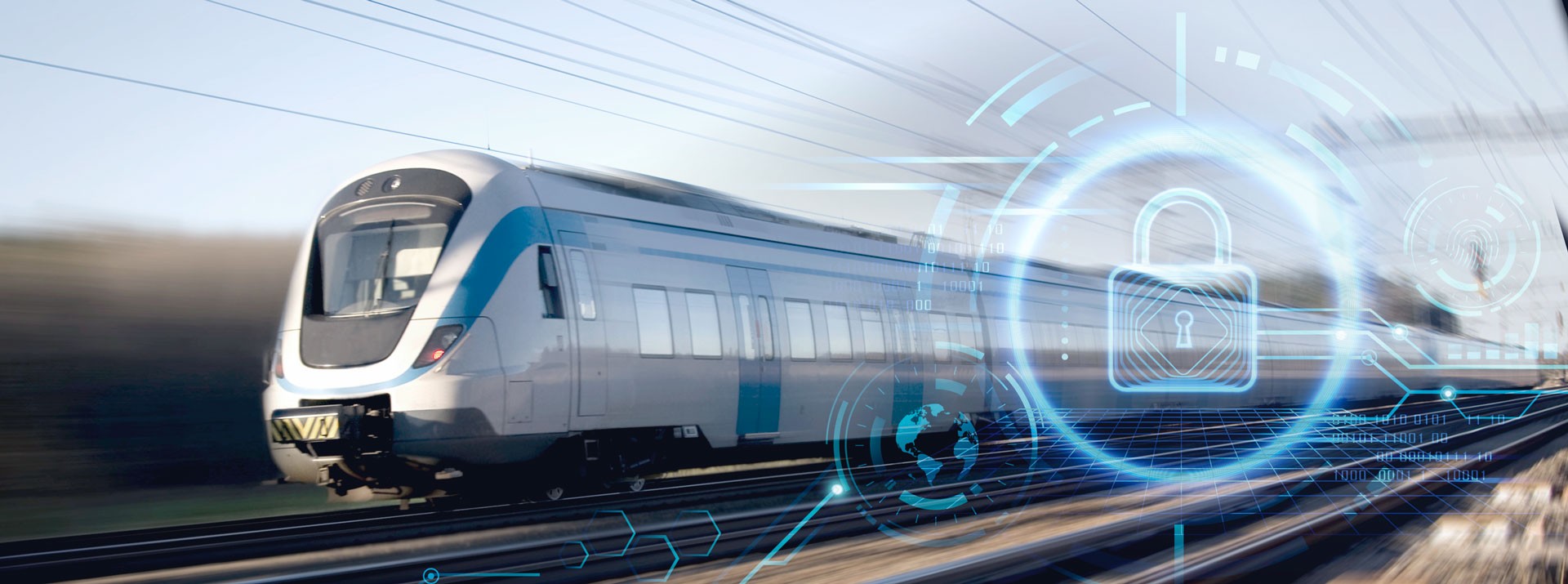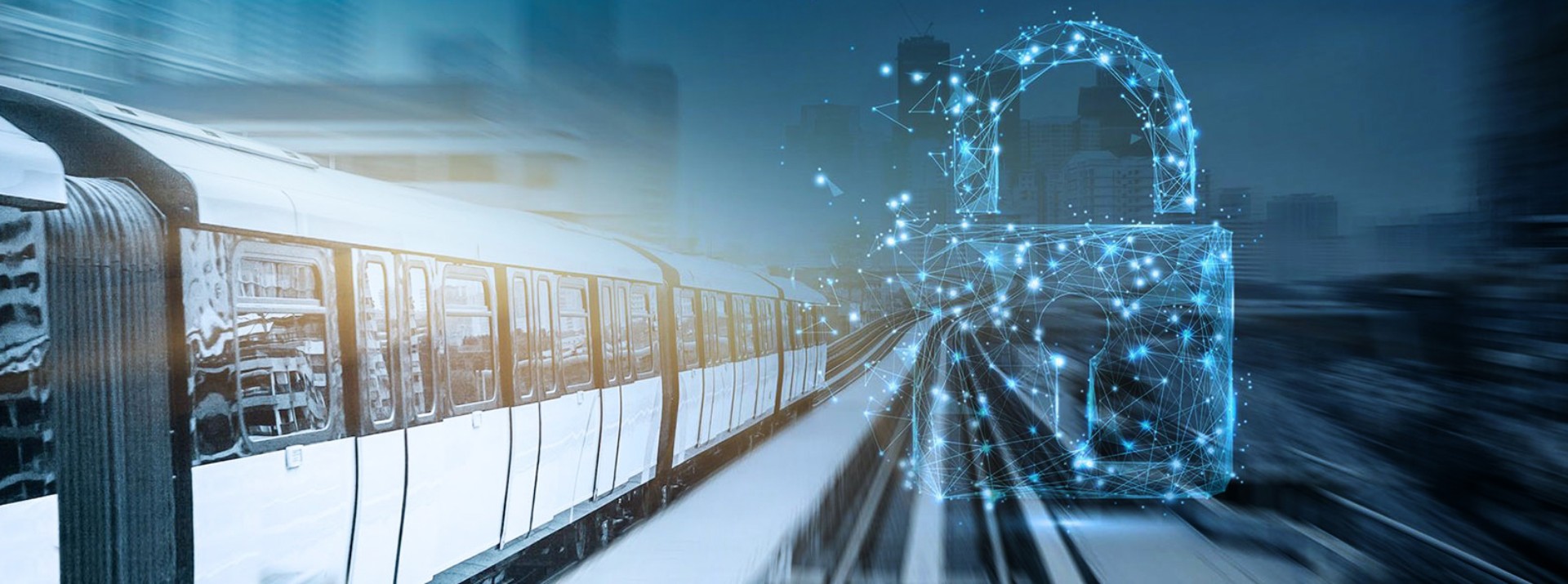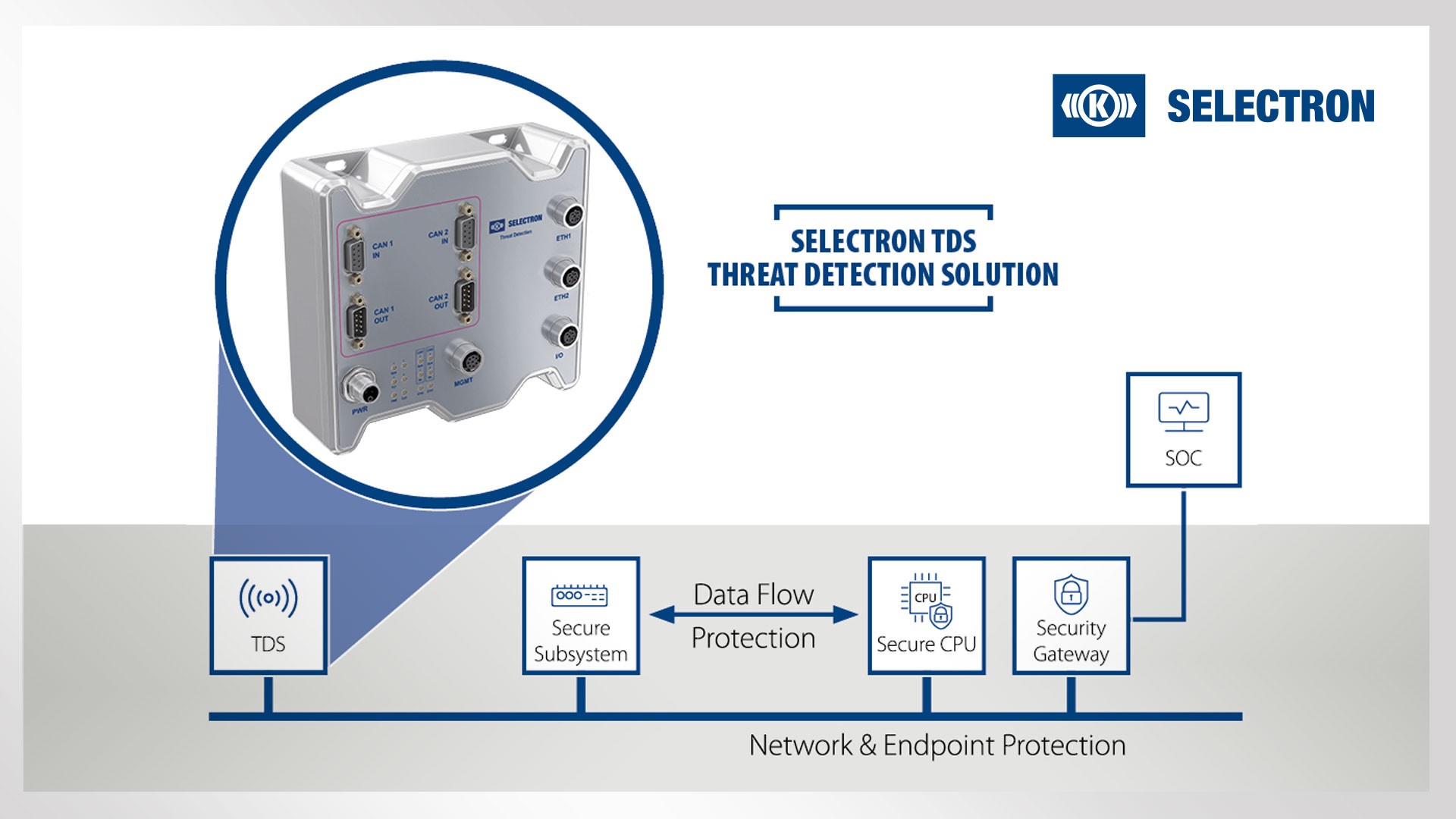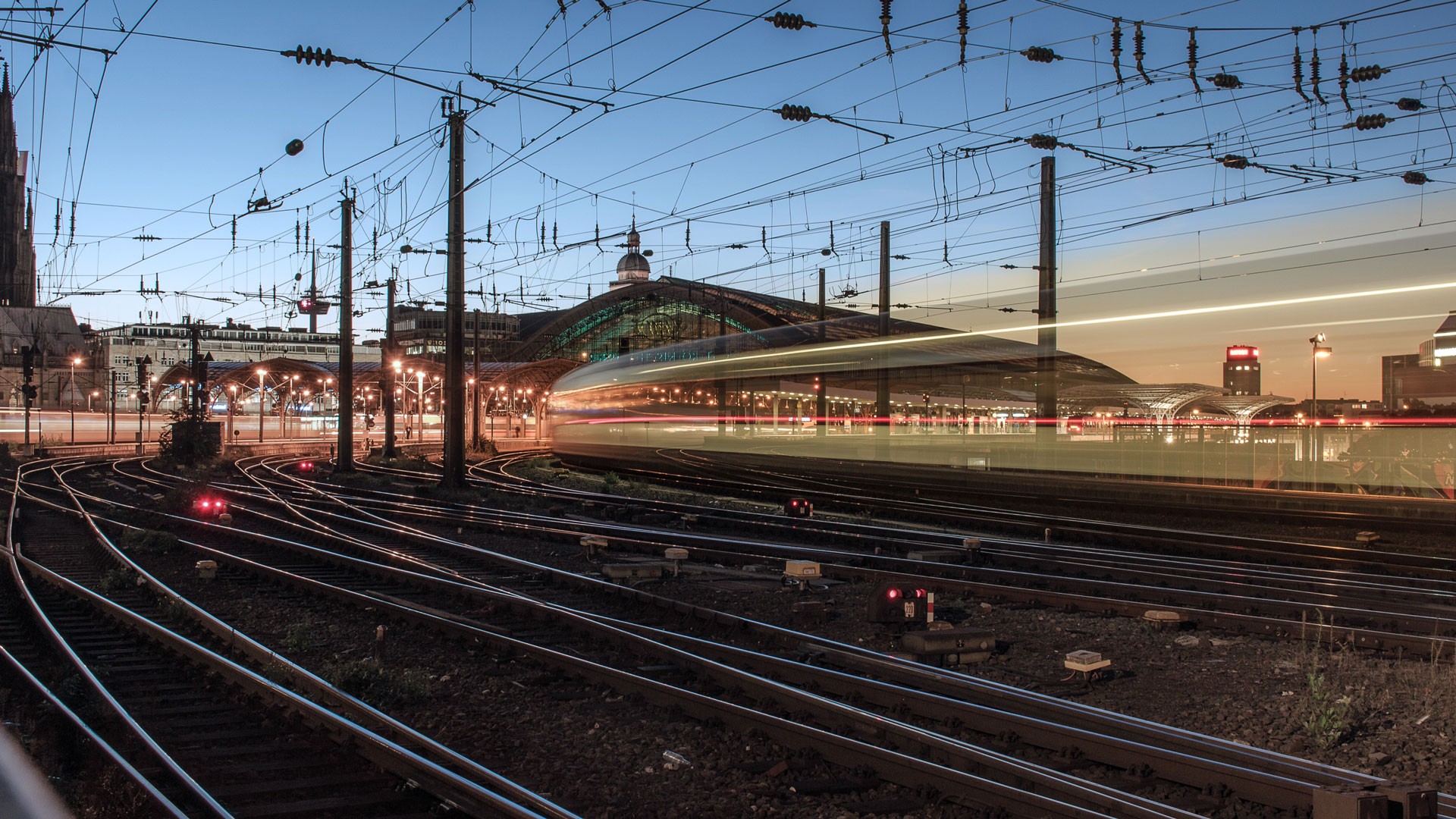Cyber attacks: Hackers could attempt to paralyze entire fleets from afar
The degree of rail vehicle connectivity has risen tremendously, especially in recent years. Fleet operators rely on digitalization to deliver attractive and intelligent transport solutions. It is crucial in enabling condition-based maintenance of train doors, for example, or (driver) assistance systems that will make automated train operation (ATO) possible in the future. Embedded in digital business models, rail vehicles along with their subsystems can already be described as computers on wheels. Communication takes place via ethernet, data is stored in the cloud. At the same time, connectivity is on the rise and fleets that were previously operated offline are now permanently online.
The concrete threat scenario: via cyber attacks hackers could try to paralyze entire vehicle fleets from afar. The economic damage of the ensuing costs, such as production downtimes due to late supply deliveries, train cancellations and costly repairs, would be high. This makes the continued reliance on standard technology all the more surprising. As the initial example shows, merely protecting the outer edges of networks is no longer sufficient. Rather, an effective cybersecurity architecture must encompass every component of the system. Cybersecurity has thus become a strategic discipline.
At Knorr-Bremse, all the strands come together at a dedicated Center of Competence for Cybersecurity, organizationally integrated within the subsidiary Selectron in Switzerland. The Knorr-Bremse company primarily develops and produces Train Control & Management Systems (TCMS), which control numerous vehicle subsystems, from braking to HVAC and boarding systems.






